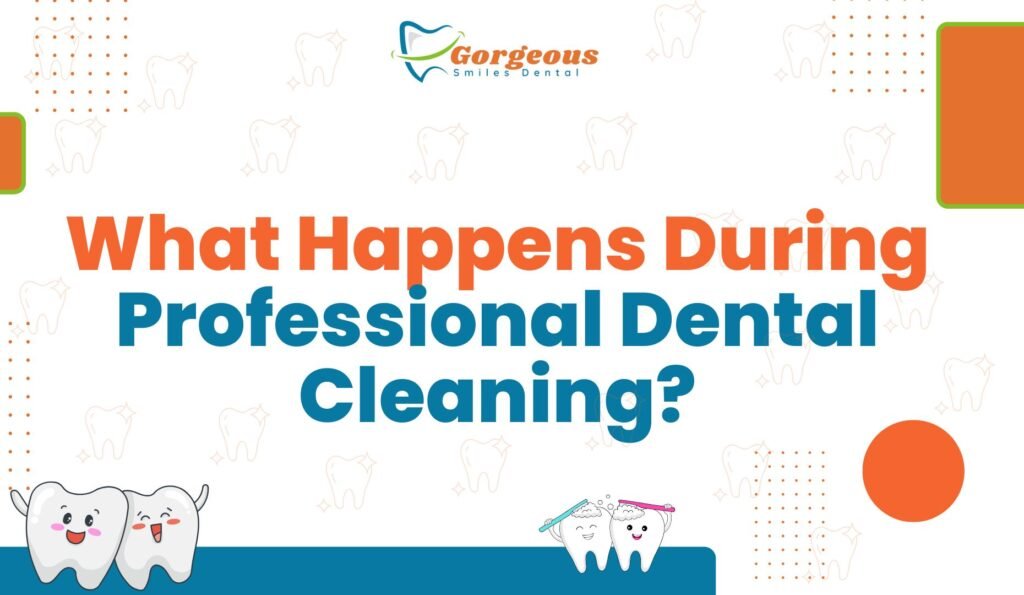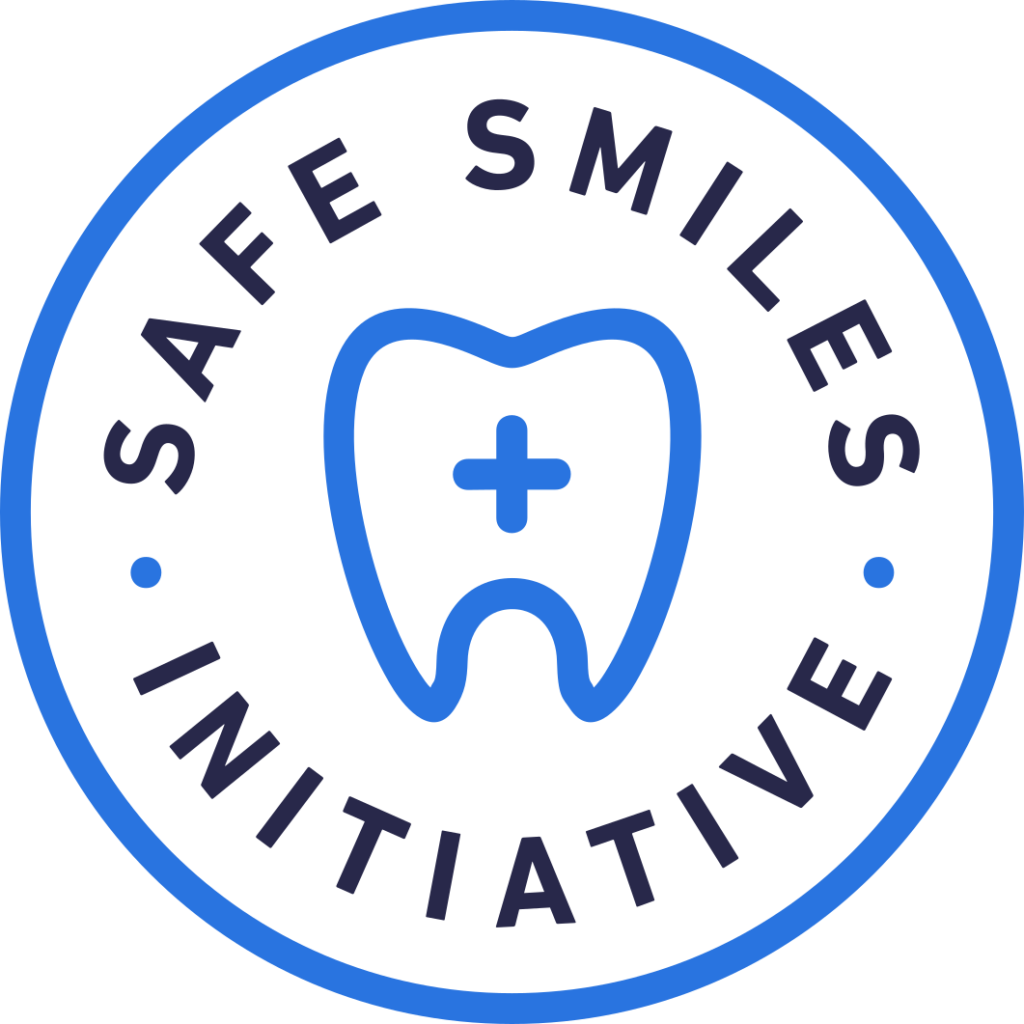What Happens During Professional Dental Cleaning?

Professional dental cleaning, also known as dental prophylaxis or teeth cleaning procedure, is an essential part of maintaining optimal oral health. This routine procedure, performed by a dental hygienist or dentist, goes beyond daily brushing and flossing to remove buildup that can lead to dental problems like cavities, gum disease, and bad breath. Understanding what happens during a professional dental cleaning can help alleviate any anxiety and encourage regular visits. In this detailed guide, we’ll walk through the entire process, from preparation to aftercare, highlighting the benefits and importance of this preventive care. Whether you’re due for your next dental hygiene appointment or curious about the steps involved, this article provides comprehensive insights into professional teeth cleaning.
Preparing for Your Professional Dental Cleaning
Before heading to your dental office for a professional dental cleaning, a little preparation can make the experience smoother and more effective. Knowing what to expect and how to get ready ensures that your dental hygienist can perform the procedure efficiently, focusing on areas that need the most attention.
Start by scheduling your dental cleaning appointment at a convenient time, ideally every six months as recommended by most dentists. Inform the dental staff about any changes in your medical history, such as new medications, allergies, or recent illnesses, as these can affect the procedure. For instance, certain conditions like diabetes or heart disease may require special precautions during teeth cleaning.
On the day of your visit, brush and floss your teeth as usual to remove loose debris, but avoid eating heavy meals right before to prevent discomfort. Wear comfortable clothing and arrive a few minutes early to complete any paperwork. If you have dental anxiety, discuss options like sedation or relaxation techniques with your dentist beforehand. Proper preparation sets the stage for a thorough professional dental cleaning that promotes long-term oral hygiene.
What to Bring to Your Dental Cleaning Appointment
When preparing for your professional dental cleaning, bring essential items like your insurance card, ID, and a list of current medications. If you have X-rays or records from previous dental visits, share them with the dental team to provide a complete picture of your oral health history. This information helps tailor the teeth cleaning procedure to your specific needs, ensuring comprehensive care.
The Teeth Cleaning Procedure Step by Step
The professional dental cleaning process is systematic and typically lasts 30 to 60 minutes, depending on your oral health status. It involves several steps designed to clean, protect, and assess your teeth and gums. A dental hygienist usually performs the cleaning, with the dentist conducting a final check.
Initial Examination and Assessment in Professional Teeth Cleaning
The teeth cleaning procedure begins with an initial examination. Your dental hygienist will review your dental history and perform a visual inspection of your mouth, checking for signs of gum disease, cavities, or other issues. They may use a small mirror and probe to measure gum pockets, assessing the health of your periodontal tissues. This step is crucial for identifying problems early and customizing the cleaning.
If necessary, X-rays might be taken to detect hidden issues like bone loss or impacted teeth. This assessment ensures that the professional dental cleaning addresses all areas effectively, preventing future dental complications.
Plaque Removal and Tartar Removal (Scaling)
One of the core components of professional dental cleaning is scaling, which involves plaque removal and tartar removal. Plaque is a sticky film of bacteria that forms on teeth, while tartar (calculus) is hardened plaque that can’t be removed by brushing alone.
Using specialized tools like ultrasonic scalers and hand instruments, the dental hygienist carefully scrapes away buildup from above and below the gumline. Ultrasonic devices use vibrations and water to break up tartar, making the process efficient and less invasive. This step prevents gum inflammation and periodontal disease, ensuring your teeth are free from harmful deposits.
For patients with significant buildup, a deeper cleaning called scaling and root planing may be recommended, which smooths the tooth roots to promote gum reattachment.
Polishing Your Teeth During Dental Prophylaxis
After scaling, the teeth cleaning procedure moves to polishing. A gritty toothpaste-like paste is applied to a rotating rubber cup or brush, which buffs the teeth to remove surface stains and smooth the enamel.
This step not only enhances the appearance of your smile but also makes it harder for plaque to adhere in the future. Polishing leaves your teeth feeling clean and shiny, contributing to overall oral freshness. It’s a gentle process that addresses extrinsic stains from coffee, tea, or tobacco, improving your dental aesthetics.
Flossing and Rinsing in Professional Dental Cleaning
Flossing is an integral part of the professional teeth cleaning process. The dental hygienist uses professional floss to clean between teeth and along the gumline, removing any remaining debris or polish residue.
This thorough flossing reaches areas that brushing and scaling might miss, reducing the risk of interdental cavities and gum disease. Following flossing, you’ll rinse with an antimicrobial mouthwash to kill bacteria and freshen your breath. This step enhances the cleaning’s effectiveness, leaving your mouth refreshed.
Fluoride Treatment for Enhanced Protection
Many professional dental cleanings conclude with a fluoride treatment. Fluoride, a natural mineral, is applied as a gel, foam, or varnish to strengthen tooth enamel and prevent decay.
The treatment is quick, involving a tray or brush application for about a minute. It’s particularly beneficial for those at higher risk of cavities, such as children or adults with dry mouth. Fluoride treatment provides a protective barrier, making your teeth more resistant to acid attacks from bacteria.
Benefits of Regular Professional Teeth Cleaning
Regular professional dental cleaning offers numerous advantages beyond a brighter smile. It plays a vital role in preventing dental diseases and maintaining overall health.
By removing plaque and tartar, cleanings reduce the risk of cavities, gingivitis, and advanced periodontal disease. They also help detect early signs of oral cancer or other systemic issues linked to oral health, such as heart disease or diabetes.
Additionally, professional teeth cleaning improves breath, boosts confidence, and can save money by avoiding costly treatments for neglected problems. Incorporating this into your routine supports lifelong dental wellness.
Preventing Gum Disease Through Routine Dental Cleanings
One key benefit is the prevention of gum disease. Regular scaling and examinations catch inflammation early, allowing for timely intervention. Healthy gums support teeth stability, preventing tooth loss and related complications.
How Often Should You Get a Professional Dental Cleaning?
The frequency of professional dental cleaning depends on individual needs. Most people benefit from biannual visits, but those with gum disease, smoking habits, or certain medical conditions may require more frequent cleanings, such as every three to four months.
Your dentist will recommend a schedule based on your oral health assessment. Consistent appointments ensure ongoing monitoring and maintenance, keeping your smile healthy.
Factors Influencing Dental Cleaning Frequency
Factors like age, diet, hygiene habits, and genetics influence how often you need professional teeth cleaning. For example, individuals with braces or implants may need extra visits to manage buildup effectively.
What to Expect After Professional Dental Cleaning
After your professional dental cleaning, you may experience minor sensitivity or bleeding, especially if you had significant tartar removal. These effects are temporary and subside within a day or two.
Avoid eating or drinking for 30 minutes if you received fluoride treatment. Maintain good oral hygiene by brushing gently and flossing daily. Schedule your next appointment to stay on track.
If you notice persistent discomfort or unusual symptoms, contact your dentist promptly. Post-cleaning care reinforces the procedure’s benefits.
Tips for Maintaining Results Post-Teeth Cleaning Procedure
To prolong the effects, use a soft-bristled toothbrush, fluoride toothpaste, and avoid sugary foods. Regular water intake and chewing sugar-free gum can also support oral freshness.
Conclusion
Professional dental cleaning is a cornerstone of preventive oral care, involving thorough examination, scaling, polishing, flossing, and fluoride treatment to safeguard your smile. By understanding the process and committing to regular visits, you can prevent dental issues and enjoy lasting oral health. If you’re in the Springfield area and ready for your next dental hygiene appointment, consult a trusted Dentist in Springfield, MA for personalized, expert care.
FAQs
How long does a professional dental cleaning take?
A typical teeth cleaning procedure lasts 30 to 60 minutes, depending on the extent of buildup and any additional assessments needed.
Is professional teeth cleaning painful?
Most people experience little to no pain during professional dental cleaning. Sensitivity may occur if there’s significant tartar removal, but it’s usually mild and temporary.
What is the difference between regular cleaning and deep cleaning?
Regular cleaning focuses on surface plaque removal, while deep cleaning (scaling and root planing) targets below the gumline for advanced gum disease.
Can I eat right after professional dental cleaning?
It’s best to wait 30 minutes, especially after fluoride treatment, to allow the protective layer to set properly.
Why is fluoride treatment included in dental prophylaxis?
Fluoride treatment strengthens enamel, prevents decay, and provides extra protection against bacteria and acids.
Ready to book an appointment?
Book a consultation today or make an appointment using our convenient online appointment scheduler.

We’re committed to your safety.
Enjoy the flexibility of paying through monthly payments.

A discount plan available to keep you and your family healthy.
Others Article
At our dental practice, we prioritize compassion and empathy toward our patients. Please read our blog and articles for tips on maintaining oral health and learn more about our commitment to providing exceptional dental care with a personal touch.
